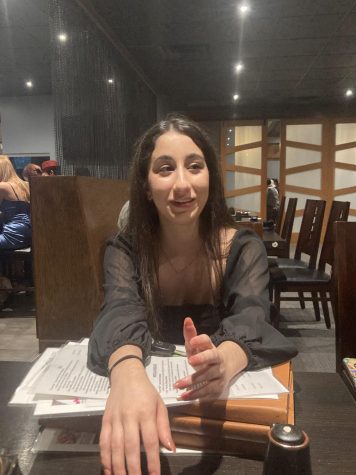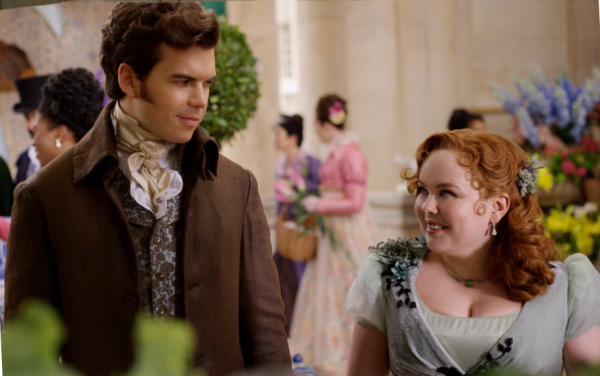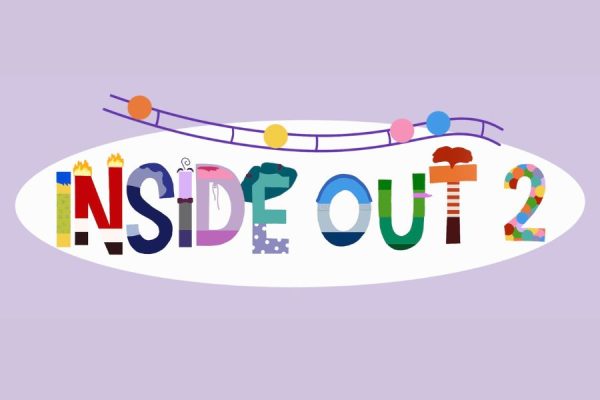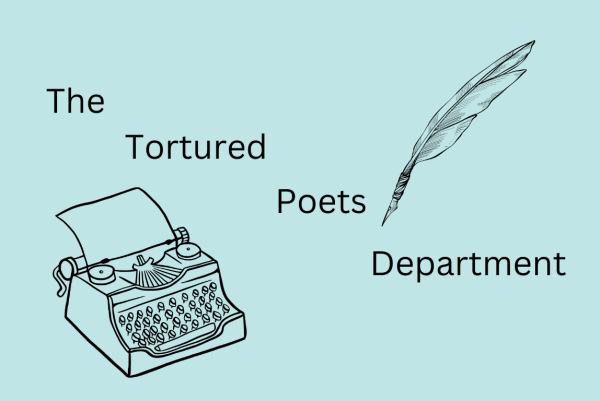Revisiting “Daisy Jones & The Six”
Even almost forty years on, Fleetwood Mac’s Rumours remains just as compelling as it was when it was first released. The drama which plagued the band in the making of the album blends through into the songs themselves, drawing listeners into a darkly cinematic haze of betrayal and turmoil. The emotional turbulence continues to resonate with audiences and the album remains one of the highest-selling of all time; in Rumours’ case, infidelity and scandal aren’t only a recipe for heartbreak, but for success as well.
It’s no surprise, then, that author Taylor Jenkins Reid leaned into Fleetwood Mac’s particular brand of seventies rock ‘n roll band infighting for her novel Daisy Jones and the Six, which was recently adapted into a miniseries by Amazon Prime. The story revolves around the shake-ups that occur among the members of the fictional band The Six after bringing up-and-coming rock starlet Daisy Jones into the group. Naturally, in the fashion of seventies Hollywood glamour, alcohol, and adultery blur the lines between the group’s members to the point of no apparent return.
The television adaptation of Daisy Jones and the Six does no better or no worse than expected: it’s a good show, but not quite a great one. The mediocrity stings a bit more once you consider the fact that its source material was prime TV adaptation material: the book is written in the form of an oral history of the band’s rise and subsequent breakup, meaning there are no real scenes or narrators, only a script of each character’s interview. In light of the show’s release, however, readers do have an opportunity to reconsider Daisy Jones four years after its publication, and wonder if it’s the show that falls short of the mark, or its source material.
When I first began reading Daisy Jones, the most jarring roadblock which prevented me from fully getting lost in the story was the narrative format. Reid experimented with a similar oral history type of writing in her 2017 novel The Seven Husbands of Evelyn Hugo, also written through the lens of an interviewee. But while Evelyn Hugo was only partially written in this style, still retaining a narrative perspective throughout, Daisy Jones and the Six never deviates from its screenplay-like style, creating a disconnect between the reader and the characters. After a while, as my eyes scanned the page, I couldn’t even differentiate between who was speaking anymore, only taking in the words but not who they were coming from. Each character’s speaking and perspective sounds almost exactly the same, leaving absolutely nothing to differentiate their personalities, which is especially irritating considering the fact that one of the novel’s most major plot points is that the members of the Six were all so hot-headed and strongly opinionated it frequently caused clashes.
The book’s premise also promises a level of drama and scandal previously unknown to the world, apparently even to those who were around to witness the disintegration of Reid’s muses Fleetwood Mac themselves. The synopsis on the back of the book’s cover reveals that the events slated to unfold the novel are “the stuff of legend”, the long-held secrets of the band’s demise sure to shock the reader to their very core. And here lies the biggest failure of Daisy Jones and the Six: that it spends the entire course of its story building up to basically nothing. Reid strings the reader along for four hundred-plus pages, each chapter ending with a tantalizing quote promising that what is to take place in the next chapter will be positively shocking, that the messy and dark truth behind the band’s breakup will be soon revealed in a heart-wrenching twist, only for absolutely nothing of substance to materialize.
When I finished the novel, which I had been reading on my phone, I remember trying to reload my Apple Books app with a sense of mild confusion, thinking that surely the story couldn’t be over, because where was the finale that I had been promised? The ending comes not so much with a bang as with a whimper. There’s no big Hollywood secret to the band’s breakup; the events unfold just as the dissolving of a brunch club of twenty-somethings would if they began to disagree upon which cafe to meet each other at. Neither the stakes nor the emotions run as high as they probably should, which left me with a vague sense of time wasted after I had finished reading.
While watching the adaptation, I was least deterred by these narrative failures and instead taken aback by the casting, which felt off-putting for a reason I couldn’t quite describe. Riley Keough, who plays the titular character, seemed like a too-sanitized version of the Daisy I’d pictured in my head, until I went back and compared the Daisy I’d pictured in my head with her source material. Daisy’s most fiery and iconic quote from the novel, “I had absolutely no interest in being somebody else’s muse. I am not a muse. I am the somebody. End of story,” reads in retrospective a little too much like something that would be posted below a grimy black-and-white collage on someone’s Tumblr in 2014, so it’s no surprise that Keough can’t quite shake the aura of someone who looks like she knows what a hashtag is as onscreen Daisy.
Despite these flaws, Daisy Jones and the Six didn’t manage to attain its notable success for absolutely no reason. It’s still a fun read and an entertaining watch, because who doesn’t like a doomed love story — one fueled by incomprehensible amounts of drugs and money, no less? But those interested might find themselves just a little bit better off first perusing the Wikipedia page for Rumours first.






